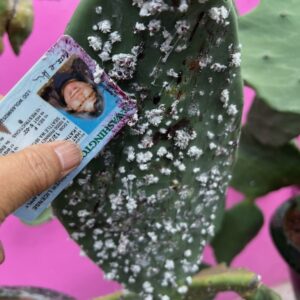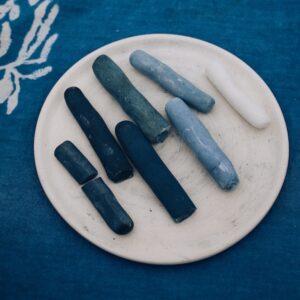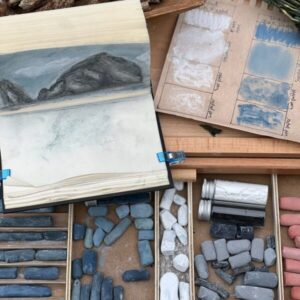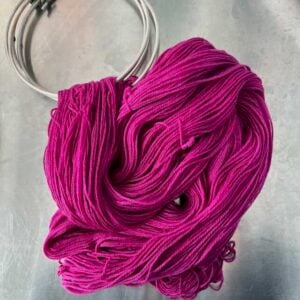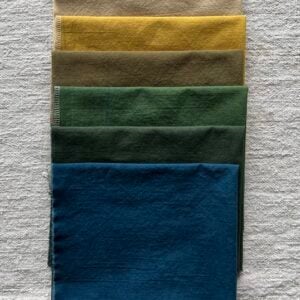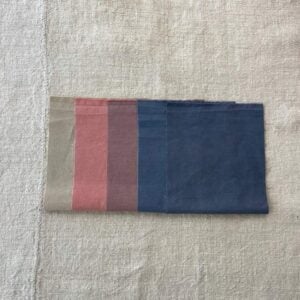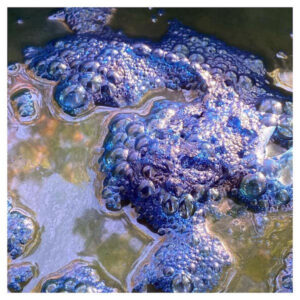Mordant Monday: Dyes of The Américas
One of the first dyes that I ever encountered was cochineal, and although I was surprised that it came from an insect, I was also in love with its beautiful color. Cochineal was the most important natural dye to originate from Oaxacan indigenous culture that still has great value and a global impact today. When Spanish colonizers realized the value of this dye, they created plantations and exploited indigenous labor to process up to 300,000 pounds of cochineal for export per year. It was one of the most precious colors and brought great wealth to the Spanish crown. Being in … Read more

